INTEGRAL MOVEMENT | PATHS | RESSOURCES | EVENTS | LOG | MARTIN | CONTACT

Open Hands
The simplest martial art of peace …
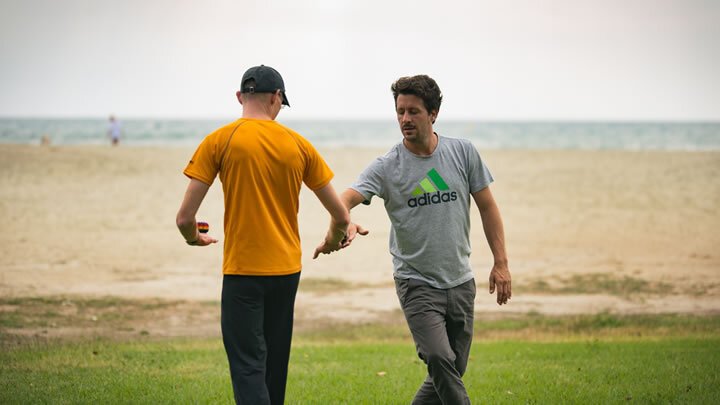
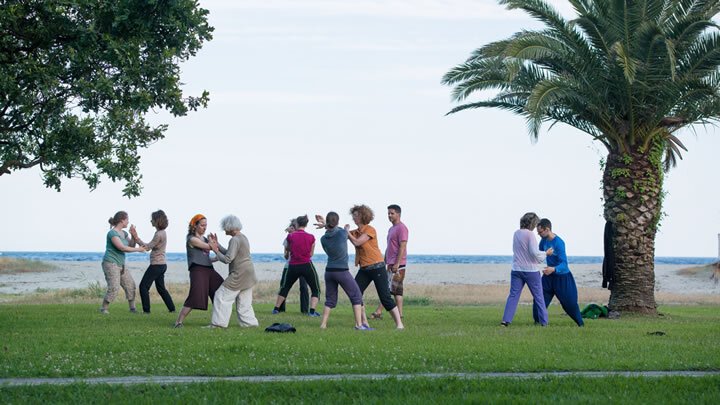
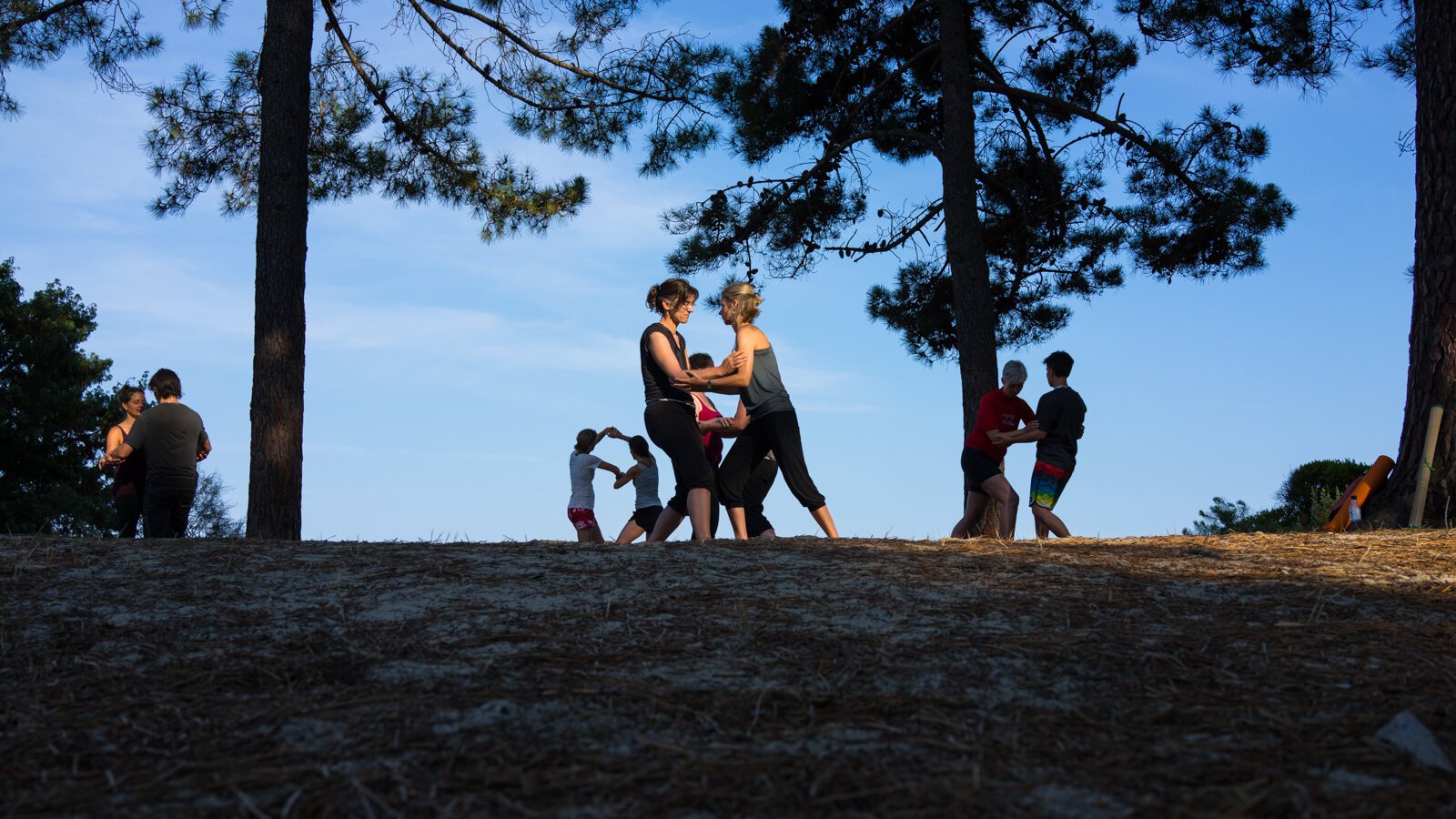
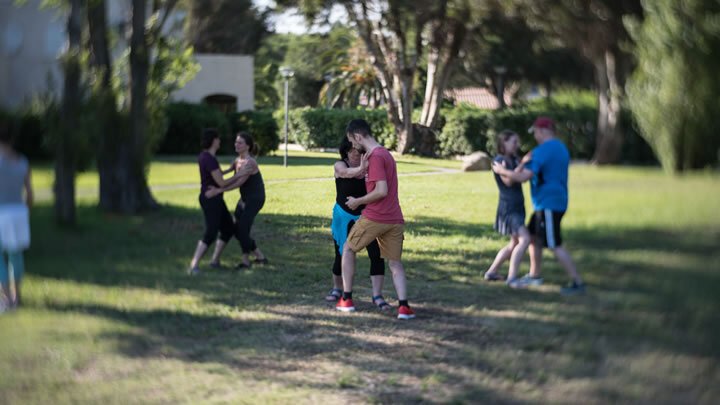
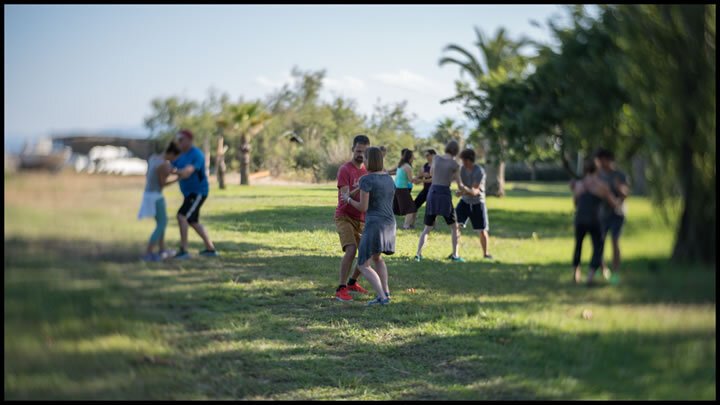

Three questions for Open Hands
-
Because it is the simplest art of peace. A tool that not only teaches us, but also imprints on us, how we can release the constructive potential in conflicts and free ourselves deeply from old patterns along the way. And because it's fun!
-
So that you develop an embodied, embedded, enacted, and extended cognition structure. So that you can learn to relax under pressure, reduce your ingrained reactions that don't help anyone and replace them with constructive patterns.
-
To encounters in which we unleash our creative potential and to a more relaxed everyday life, as we can deal with challenges in a centred and relaxed way.
...and the art of no bullshit
Open Hands? A partner exercise in which you face each other and "test" yourself and each other through serious play. For relaxation and integration, inner strength.
If possible, you always move at the limit, challenging your partner to the limit. To the limit, not beyond, where the balance is lost a little, where a reaction develops, where tension arises. By constantly moving at the limit (and it is an ability, strength and competence of the partner to take you there - and therefore, as you are also a partner, something that you learn and refine yourself), we enter both a flow state and a state of maximum learning.
Sounds very technical and perhaps painful, but it is extremely playful.
From reactive to creative
This is one of the key points of Open Hands. As long as we react, we are caught in a downward spiral. Our movement, our contact, our communication becomes more and more fragmented. As soon as we can be a vessel, we can shift the C: from reactive to creative.

Let’s keep it simple
You may be familiar with the martial arts of Budo such as Aikido, Judo and so on. The "do" means path, or in other words, that the movements are an expression of a path. The do-arts have a philosophical framework and an inner, existential quality. It is therefore not about winning, but about embodying this path.
Open Hands is also such a way. What is the difference? Aikido and judo, for example, each have at least 15 techniques (depending on the counting method and style), which are then differentiated and categorised into hundreds of movement sequences.
Sequences to be practised...
Now imagine that we reduce all these techniques. To the absolute minimum. What remains are three neutralisation techniques - internal, external, contact - and three push techniques (more precisely: questioning techniques) - wave, open, spiral. This reduction gives you the opportunity to concentrate on the essentials: on your grounding, your relaxation, on being together and listening. You don't have to learn (almost) any movement sequences. We unleash the natural movement.
Unique
Every Open Hands encounter looks different. It is therefore difficult to give an idea in films. Nevertheless, here are two examples.
So what you're seeing here is a very situational interaction between me (with my back to you) and Marco in Corsica. Marco has decided that he really wants to push me away. I channel his energy into the ground - and then gratefully return it. Standing on my own but still in contact. Relaxed and therefore a vessel.
In this (very old, I'm not that young) video, I direct a push internally from the foot into the hand. Patrik neutralises in a relaxed manner (into the ground). This is not a free interaction, I am obviously making an example here.
May I emphasise again: Every open hands encounter looks different.
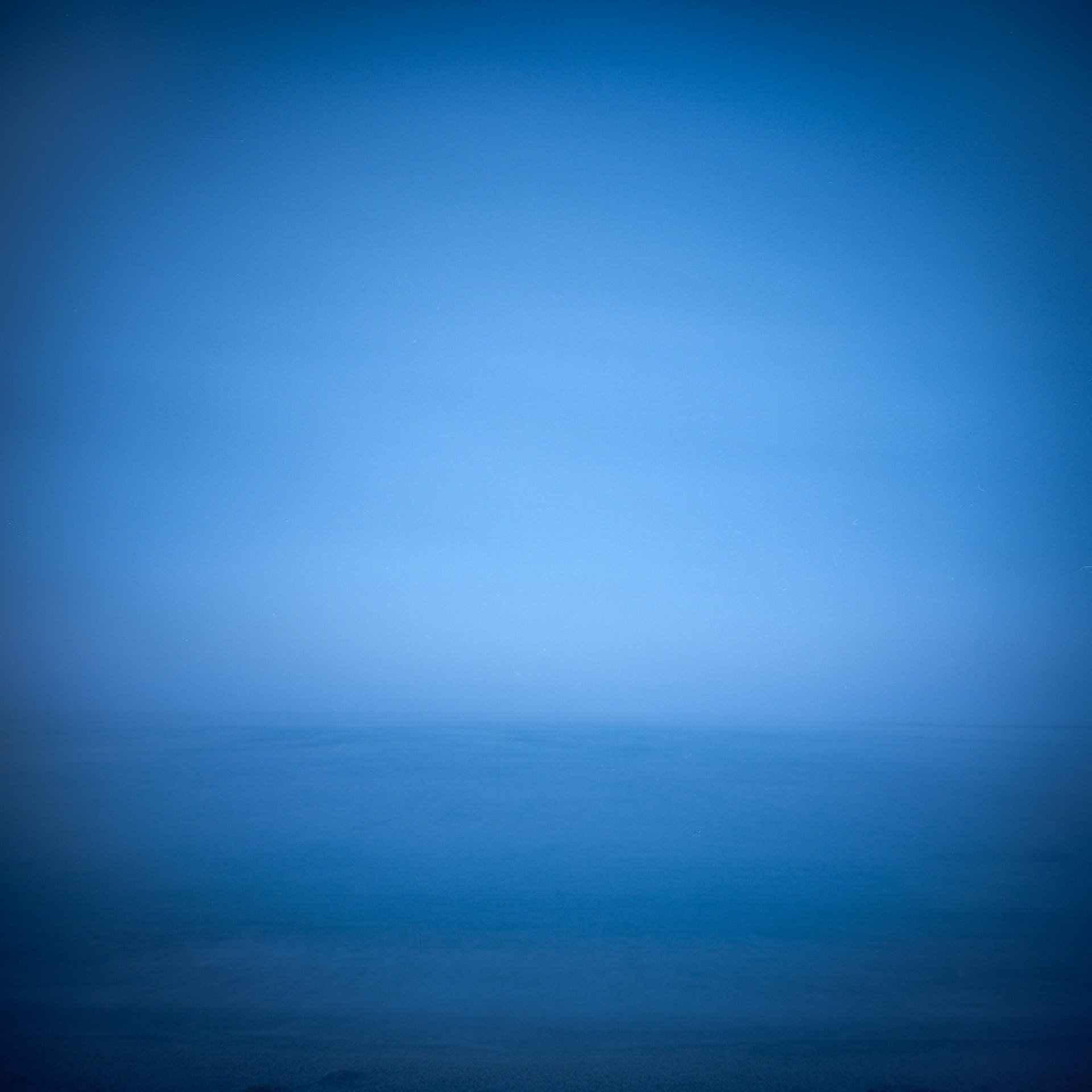
An infinite game
Open Hands is an infinite game. That means it's not about winning. It's about the game going on and on. That's why it's a dialogue. We ask questions with our hands. Are you relaxed here? Can you channel this into the ground? Can you stay calm? Do you react? Can we be creative?















